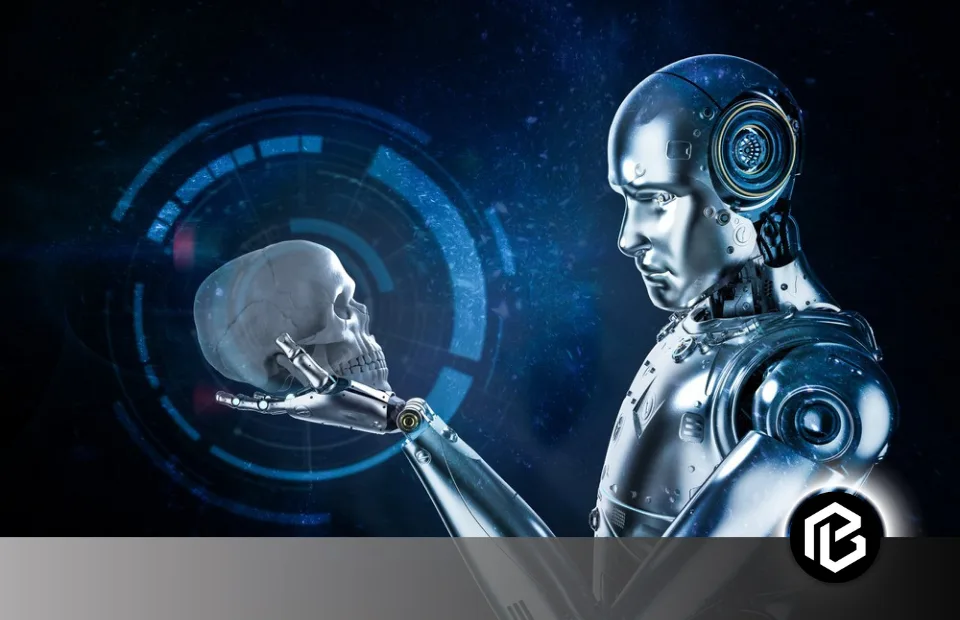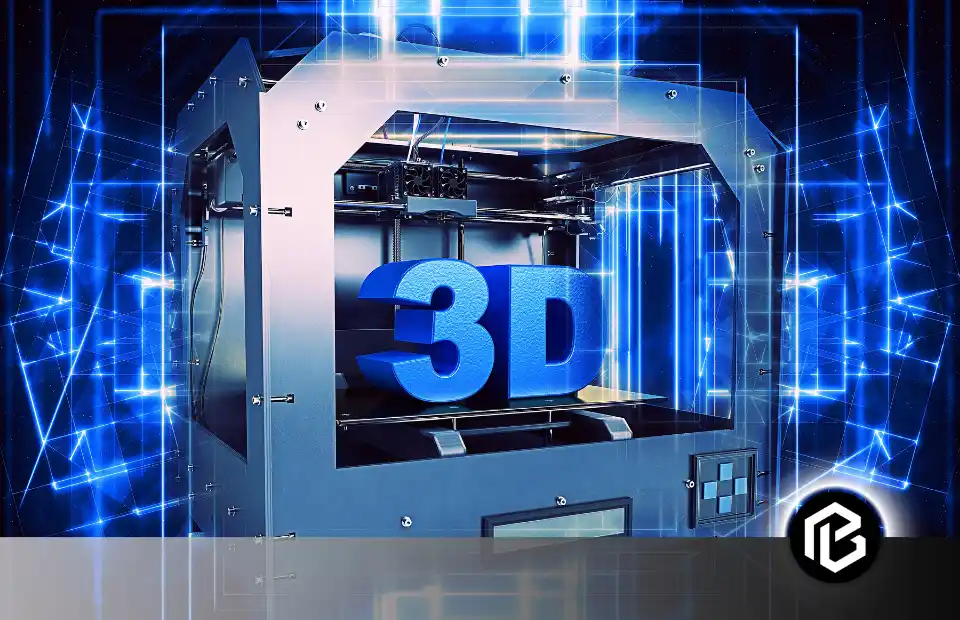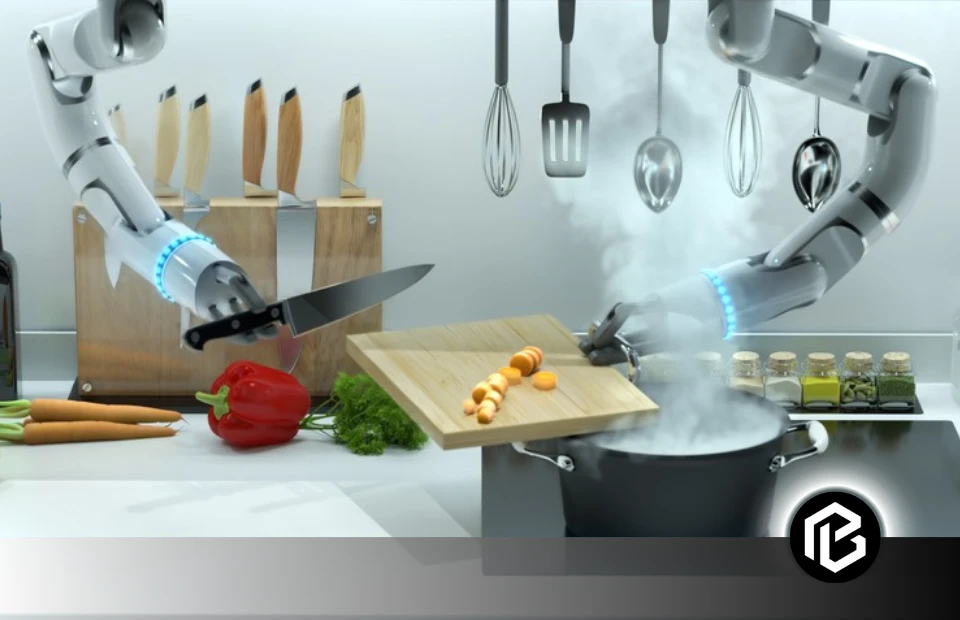I was amazed when I first learned about the Shapeshifting Humanoid Robot. How can a robot change its shape? Can Robots Have Emotions or Consciousness?
How is it possible that it can transform from solid to liquid and then back to solid from liquid?
Keeping the surprise in mind, let’s explore this Robot from head to toe.
- What is a Shapeshifting Humanoid Robot?
- Inspiration Behind the Invention
- Which Material is used in Shapeshifting Humanoid Robot
- Working Principle of Shapeshifting Humanoid Robot
- Incredible Things by Shapeshifting Humanoid Robot
- Applications of Shapeshifting Humanoid Robot
- Conclusion
- Frequently Asked Questions on Shapeshifting Humanoid Robot
What is a Shapeshifting Humanoid Robot?
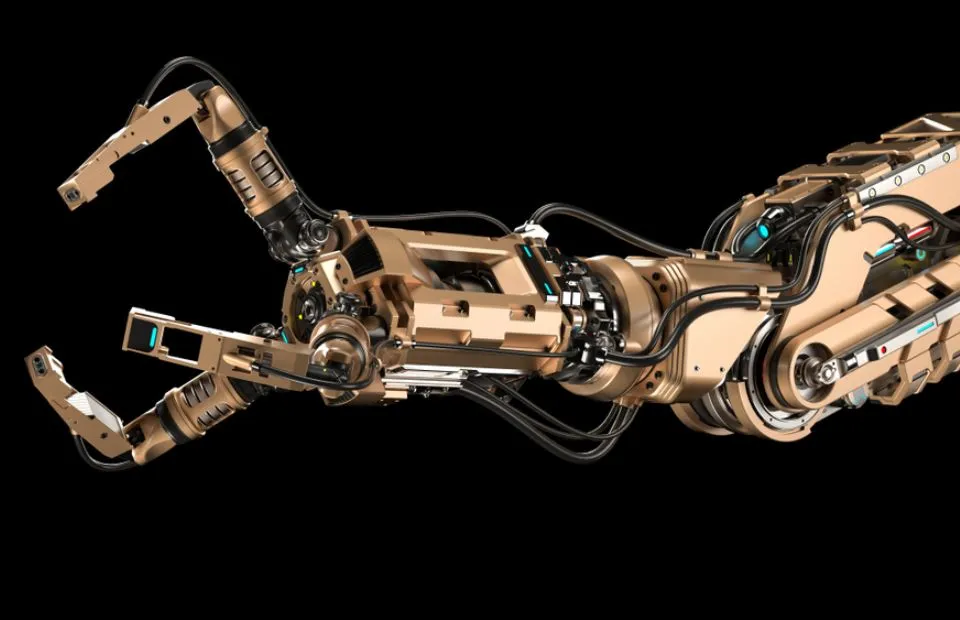
Shape-shifting robots are made of materials that respond autonomously to certain stimuli. A shapeshifting humanoid robot is an advanced robotic system that can change its physical shape and structure. This adaptability enables them to perform various tasks with enhanced efficiency and versatility.
With this fantastic functionality, these Robots are in high demand. They can be used in the medical field and penetrate the human body.
Inspiration Behind the Invention
Achieving this level of technological advancement in robotics looks like a science fiction movie. What if I tell you that the idea came from a marine animal known as a sea cucumber? Unlike most other animals, sea cucumbers can change their stiffness very rapidly and reversibly.

So, after getting the idea, a team of highly trained people from the Chinese University of Hong Kong and Carnegie Mellon University invented this shapeshifting Robot that can transform from solid to liquid.
Which Material is used in Shapeshifting Humanoid Robot
Getting suitable material for this Robot could have been a significant problem. Developing a robot is not an issue nowadays, but finding a material that can transform from solid to liquid and have to control its transformation seems exciting.
Keeping this material concern in mind, scientists selected Gallium. Gallium has a low melting point, which is probably 86 Degrees Fahrenheit. Another good thing is that this Material holds embedded magnetic particles it.
Working Principle of Shapeshifting Humanoid Robot
As we have talked about, the magnetic property of Gallium. This magnetic field is the basic working principle of the Robot. An alternating magnetic field also makes the robots responsive.
This can produce electricity inside the metal, and hence, its temperature gets raised due to this magnetic field. Once the temperature is increased, it starts to melt. In this state, the Robot can penetrate from one place to another easily.
After the Robot has done the desired task, we stop the production of electricity inside it. Then, due to external cooling, it again starts becoming solid.
The research team describes their invention as a “magnetoactive solid-liquid phase transitional machine.”
Incredible Things by Shapeshifting Humanoid Robot

- This Robot can jump up to 20 times higher than its height, like a human jumping the length of two school buses.
- It can climb up walls, just like a superhero scaling a building.
- The Robot is skilled at soldering circuit boards, like a tiny, precise welding job in electronics.
- In a pretend scenario, it escaped from a mock prison, showing its ability to problem-solve and adapt.
- The Robot is incredibly strong for its size. It can hold something 30 times heavier than itself when it’s solid, like a tiny ant lifting a car!
Applications of Shapeshifting Humanoid Robot
Shapeshifting Humanoid Robots have various applications in our daily lives that provide comfort to our lives and these robots are mainly used for security purposes. Some applications are mentioned below:
1. Robotic Surgery and Therapy
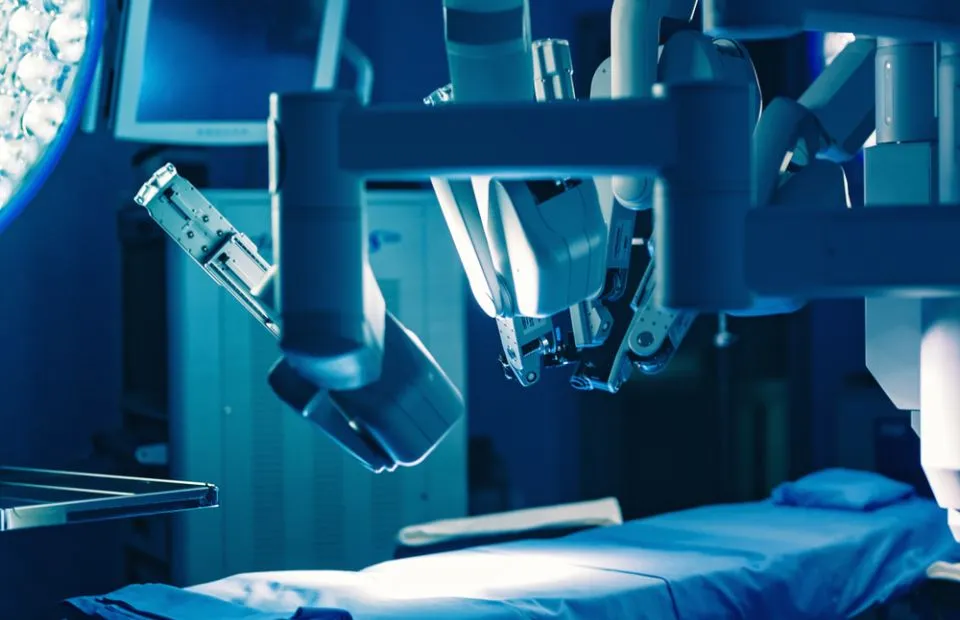
These Robots can be used in the Medical field by providing access to unreachable parts of the human body.
Just like in the trial of this Robot, it removed a ball from the model of the human stomach. It went to where the ball was present, started melting, covered it from all sides, and rolled it toward the small intestine.
2. Elderly and Disabled Assistance
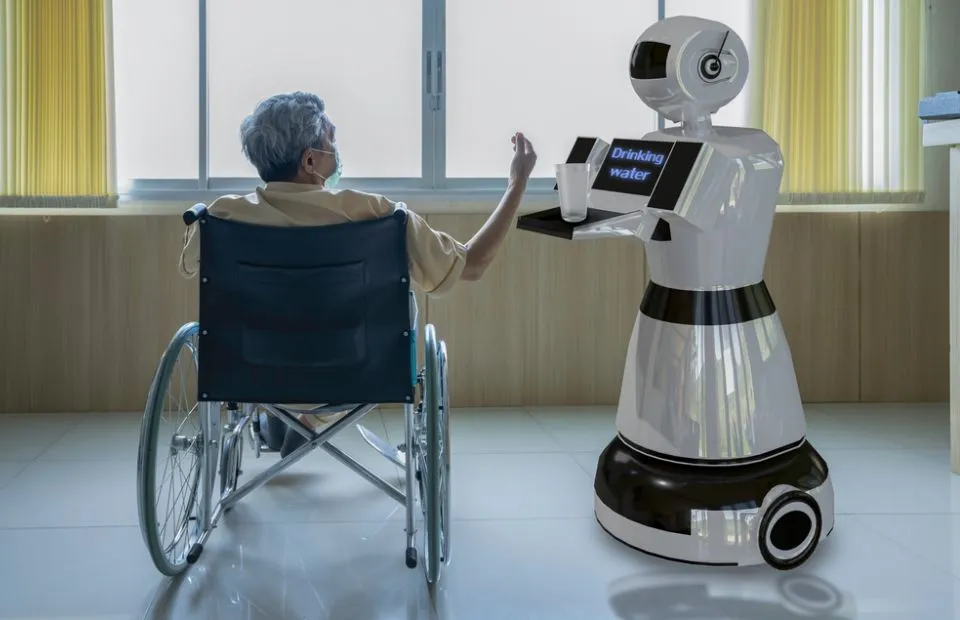
These robots can assist older people and individuals with disabilities in daily activities. By adapting their form and providing physical support, they can enhance mobility and independence, promoting a better quality of life.
3. Use in Space Exploration and Defense

Shapeshifting robots have potential applications in space exploration and defence. They can be used for tasks such as planetary exploration, maintenance of space stations, and even defence operations in challenging environments.
4. De-mining, Surveillance, and Reconnaissance

These robots can be utilised for de-mining operations, surveillance missions, and observation tasks. Their shapeshifting capabilities allow them to navigate complex geographies and adapt to different scenarios, improving safety and effectiveness.
5. Technological Innovations and Challenges

Shapeshifting humanoid robots present exciting technological innovations and challenges. Advancements in materials, control systems, and artificial intelligence are driving the development of these robots.
Conclusion
So here we have covered this big and exciting technology in detail. Shapeshifting Humanoid Robot can be a great source of innovation, but it may bring some threats.
The one thing that came into my mind was robbery. These types of robots can perfectly be used in big robberies. Some ethical corners are also concerned with this invention. What if someone bought this Robot and started using it to disturb innocent people on the road?
We can’t close the doors of inventions in Technology and AI. But we must ensure these tech gadgets are being used for positive purposes. This is an essential thing to survive a healthy lifestyle on planet Earth.
Frequently Asked Questions on Shapeshifting Humanoid Robot
What are the potential applications of shapeshifting humanoid robots?
Shapeshifting humanoid robots have a wide range of potential applications, including search and rescue missions, space exploration, medical assistance, disaster response, industrial manufacturing, and personal assistance for individuals with disabilities or elderly people.
Are there any ethical or societal implications of shapeshifting humanoid robots?
As with any advanced technology, there may be ethical considerations surrounding the use of shapeshifting humanoid robots, such as concerns about privacy, autonomy, safety, and the potential impact on employment and human-robot interactions.
How close are we to seeing widespread adoption of shapeshifting humanoid robots?
While shapeshifting humanoid robots are still in the early stages of development and primarily exist in research laboratories and experimental prototypes, rapid advancements in robotics, materials science, and AI suggest that widespread adoption could occur within the next decade or two.
What is the future outlook for shapeshifting humanoid robots?
The future of shapeshifting humanoid robots holds great promise for revolutionizing various industries and aspects of everyday life. As technology continues to advance, these robots are likely to become increasingly sophisticated, versatile, and integrated into society, ushering in a new era in robotics.



